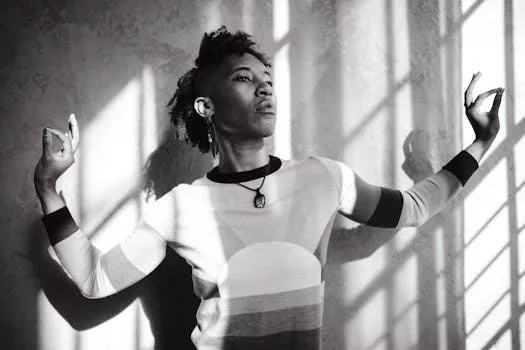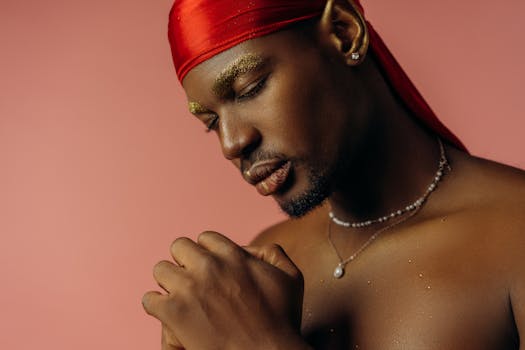
The Impact of African Art on Western Modernism
Takeaways: African art has been a significant influence on Western modernism, inspiring artists and movements by introducing new aesthetics, themes, and cultural perspectives. The interaction between African and Western art has reshaped the trajectory of modern art, encouraging cross-cultural dialogue and innovation.
In the early 20th century, as Western artists sought new ways to express their ideas, they turned to the diverse and rich traditions of African art. This cross-cultural exchange led to a transformative impact on modern art, influencing the works of iconic figures such as Pablo Picasso, Henri Matisse, and many others. In this article, we will explore how African art has shaped Western modernism, delving into specific movements, artists, and the broader cultural implications of this artistic dialogue.
The Origins of African Influence
The roots of the influence of African art on Western modernism can be traced back to the late 19th and early 20th centuries, a period marked by colonial expansion and increasing exposure to non-Western cultures. As Europe engaged with Africa through colonialism and trade, the West began to encounter African artifacts—masks, sculptures, textiles, and more—that were unlike anything seen in European art traditions.
Artists and collectors, including the likes of Picasso and Matisse, were captivated by the formal qualities and expressive power of African art. The simplicity, abstraction, and bold forms found in these works resonated with the modernist ethos, which sought to break away from traditional representation and explore new modes of expression.
In 1907, Picasso’s groundbreaking painting “Les Demoiselles d’Avignon” showcased a radical departure from Western artistic conventions, employing angular forms and fragmented perspectives reminiscent of African masks. This work is often cited as a pivotal moment in the evolution of modern art, illustrating how African art directly informed the development of Cubism.
Key Movements Influenced by African Art

Cubism: As mentioned earlier, Cubism, pioneered by Picasso and Georges Braque, broke down objects into geometric shapes and reassembled them in abstract forms. The influence of African masks and sculptures can be seen in the way these artists deconstructed traditional perspectives and embraced abstraction.
Surrealism: This movement, characterized by its exploration of the unconscious mind, also drew inspiration from African art. Artists like André Breton and Salvador Dalí were fascinated by the dreamlike qualities and symbolic content of African artifacts. The incorporation of African motifs and themes in surrealist works emphasized the connection between primitive cultures and the depths of human psychology.
Expressionism: Expressionist artists sought to convey emotion and subjective experience through their work. The bold colors and dynamic forms of African art provided a new vocabulary for expressing intense feelings. Artists such as Wassily Kandinsky and Emil Nolde found inspiration in African aesthetics, incorporating vibrant colors and abstract forms into their expressive compositions.
Cultural Dialogue and Legacy

Furthermore, the legacy of African art’s impact on modernism continues to resonate today. Contemporary artists increasingly engage with African themes and aesthetics, creating works that reflect a globalized art world. This ongoing dialogue highlights the importance of cross-cultural exchange in enriching artistic expression and expanding the boundaries of creativity.
Conclusion







